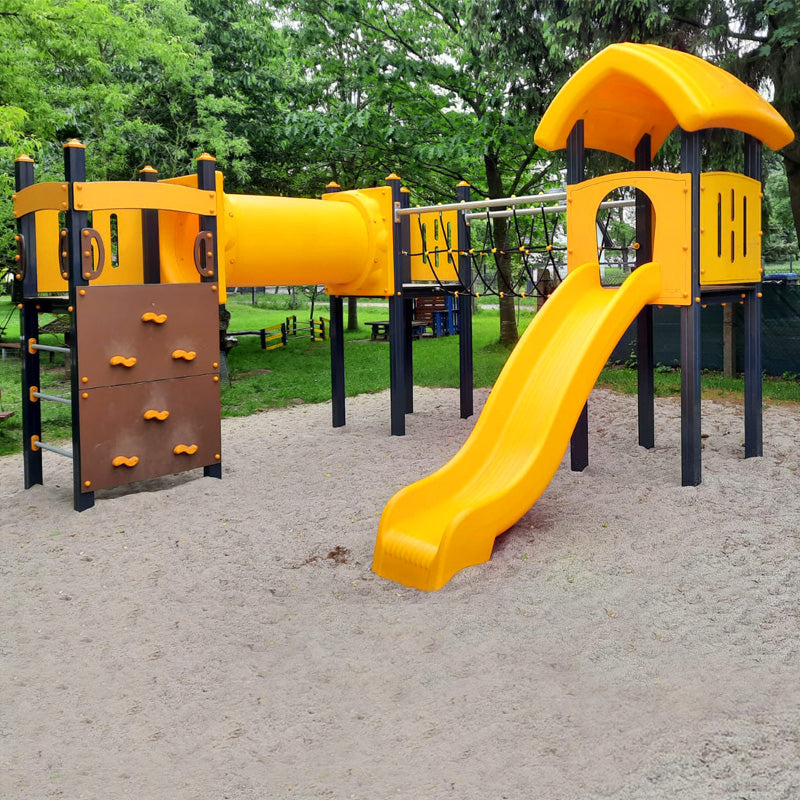
Around the playground
Plants for the playground
A playground is an exciting place for children to play and explore. When the play equipment is located in a green, natural environment, the playground not only appears friendly and inviting, it also improves children's well-being and promotes their development. It stimulates their imaginations and allows children to gain a wide range of experiences.
Since children enjoy exploring nature with all their senses, it is important to choose plants that are easy to care for, non-toxic, and do not pose a danger to children while they play.
Trees provide an important shade function. They also create a more pleasant microclimate in hot weather. Shrubs provide privacy and, like trees, dampen sound. The larger the leaves, the more sound they absorb. This way, on the one hand, less street noise penetrates the playground, and on the other, the sounds from the playground, which can get quite loud during exciting role-playing games, are muffled. Reducing noise levels is often a great help, especially for playgrounds located in residential areas.
Sharp or prickly plants can pose a danger to playing children, as they can easily cut or scratch them. Therefore, they should be avoided in a playground. Children should be able to touch and play around the plants safely.
These plants are poisonous
Forbidden on the playground
The playground standard EN 1176 stipulates that the following plants may not be planted in a playground because they are highly toxic:

Laburnum
All parts of the laburnum plant are highly poisonous, especially the seeds. Symptoms range from nausea, stomach pain, and vomiting to dizziness and sweating, as well as hallucinations, cramps, and paralysis.

Spindle tree
The color of the fruits makes them attractive to children, and they also taste sweet. However, the concentration of the toxin is very high, especially in the seeds. This can lead to circulatory problems and rapid heartbeat, abdominal pain, nausea, and diarrhea with repeated vomiting or constipation. The toxic ingredients damage the liver and kidneys. Paralysis of the heart muscle and nervous system can lead to death.
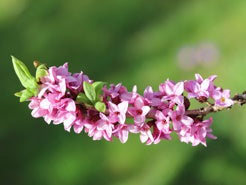
daphne
All parts of the plant, except the flesh, are poisonous. If the sap comes into contact with skin or the berry seeds are bitten, severe inflammation with burning pain, swelling, and blistering can occur.
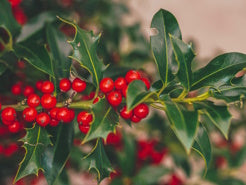
holly
Here, the berries and leaves are highly poisonous. Consuming as few as 20 to 30 berries can be fatal for children. Symptoms include vomiting, severe diarrhea, gastrointestinal disorders, and even paralysis.
A major problem with these plants is that they are not only toxic, but also difficult to detect in the body. If a child is brought to the hospital with symptoms of poisoning, it's very difficult to identify the trigger and determine what countermeasures need to be taken.
These plants are also poisonous
Not banned, but still toxic
In addition to the prohibited plants, there are a number of other plants that are also poisonous and should not be planted near a playground.
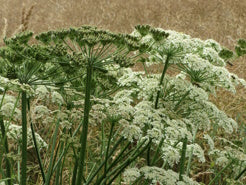
hogweed
Hogweed (Heracleum giganteum) will most likely soon be banned from playgrounds.
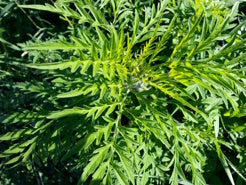
Ragweed
Ragweed (Ambrosia) will also most likely soon be banned from playgrounds.
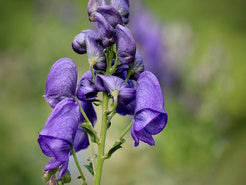
Monkshood
Monkshood is considered the most poisonous plant in Europe.
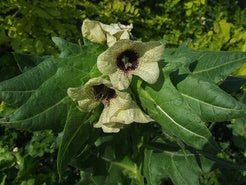
Henbane
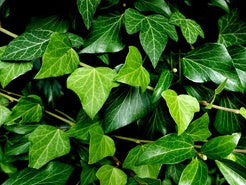
ivy
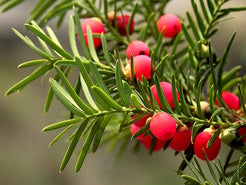
yew
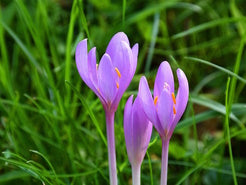
Autumn crocus
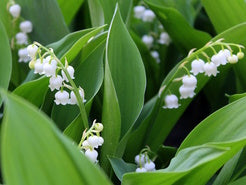
lily of the valley
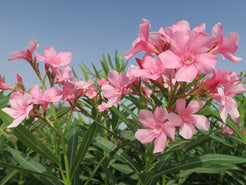
oleander
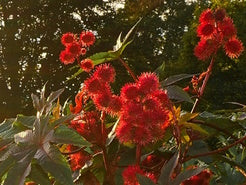
Castor oil plant
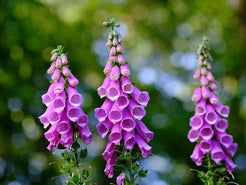
Red foxglove
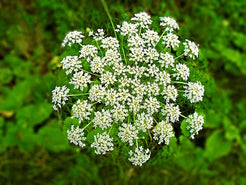
hemlock
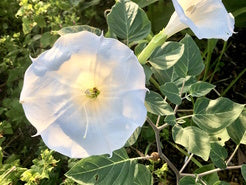
Datura
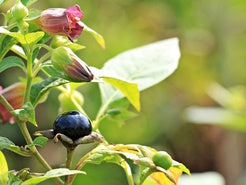
Deadly nightshade
This list is not exhaustive. There are more than 50 poisonous plant families in Europe. Plants with poisonous berries are particularly dangerous for children. They lure with their bright colors and tempt children to eat them. Children cannot easily distinguish between edible and poisonous berries. However, if there are no poisonous berries at the playground, they will not be tempted in the first place.
Rating: Recommended
Suitable trees for a playground
Not every tree is suitable for a playground. Some fruit trees attract bees and wasps in the summer when the fruit ripens. Trees that bear sweet fruit, such as damsons, plums, and mirabelle plums, in particular, should not be planted in playgrounds. If fruit trees are to be planted, apple and pear trees are better, as they also invite climbing.
The following trees are ideal for the playground:
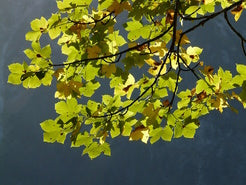
Maple family
The maple family, including sycamore, field, and Norway maples: In autumn, children can collect maple fruits and throw them into the air. With the help of their wings, they spin through the air like propellers and can travel long distances before landing on the ground.
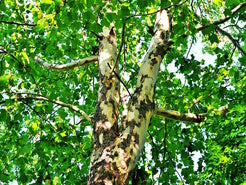
birch
The white-trunked birch species in particular radiate brightness and friendliness and create a feeling of well-being.
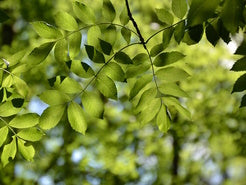
Ash
Their fruits look like small nuts with wings and are therefore called screw-rotating flyers.
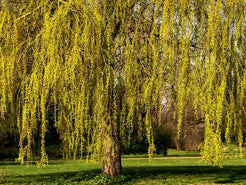
pasture
Here, the curly willow, in particular, forms overhanging treetops under which children can hide. Willows are also excellent for planting tunnels.
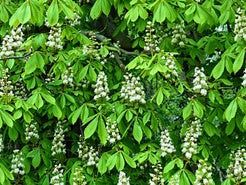
Nut trees
Nut trees such as chestnut and beech: Children love collecting chestnuts in the fall to play with and craft with. Hazelnuts, as an early bloomer, can trigger severe pollen allergies, so they're not recommended for playgrounds, even though they're nontoxic.
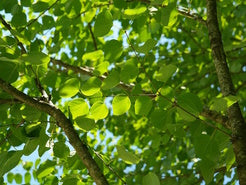
Cake tree
Cake tree and gingerbread tree: They turn a variety of colors in autumn and then smell wonderful.
All of these trees are characterized by low maintenance. Please note that this list is not exhaustive, but merely contains suggestions. Of course, the location and soil conditions must be considered. Before planting a playground, you should also thoroughly familiarize yourself with local regulations.
